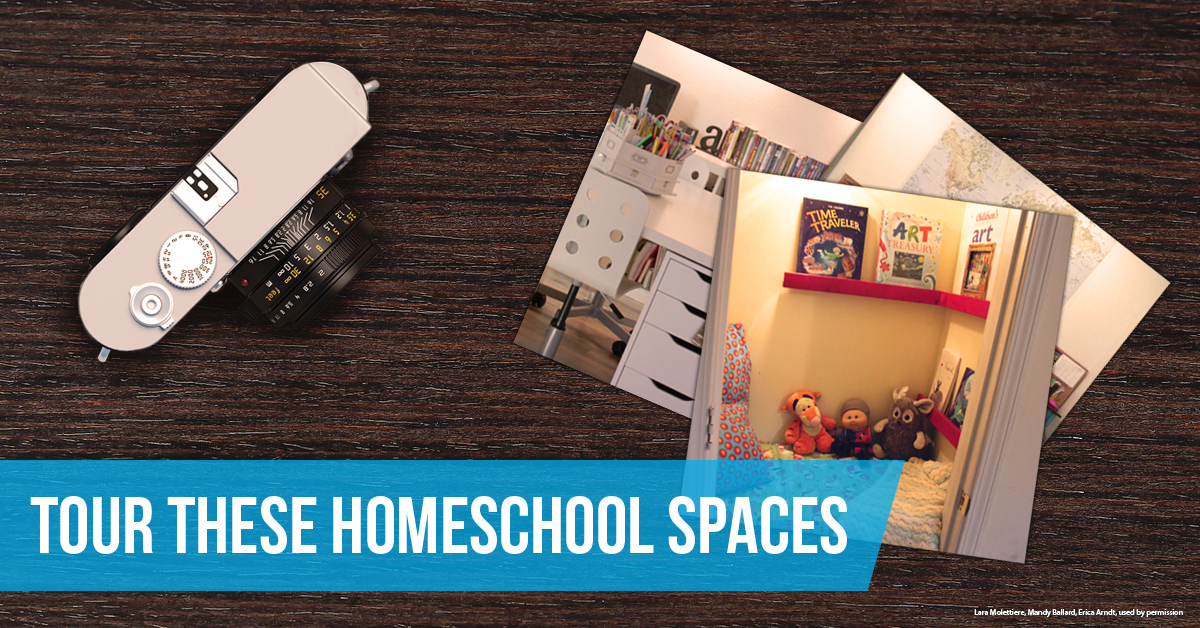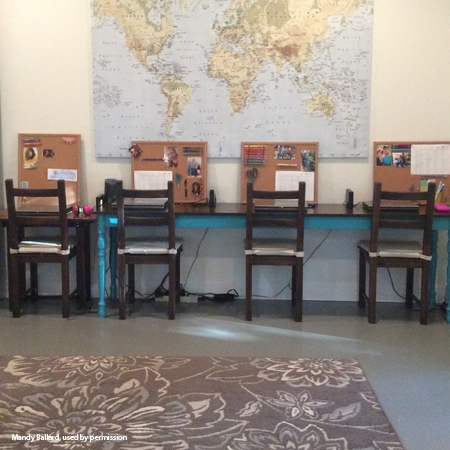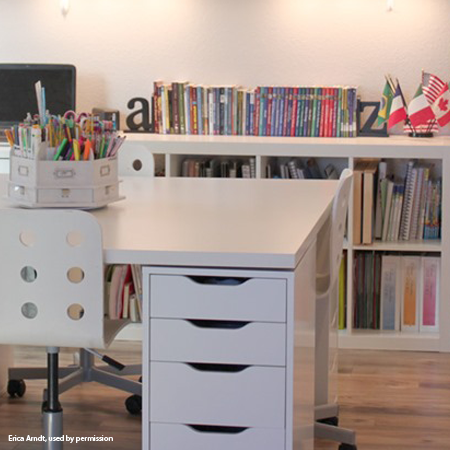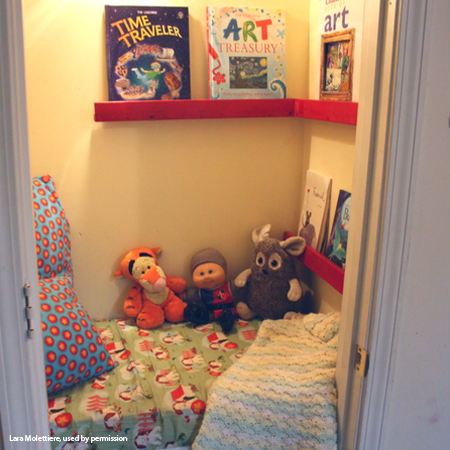
It’s that time of day again. The kids are starting to whine and grumble. They’re getting hungry, and it’s only a matter of time before chaos ensues. You throw open the fridge or pantry, desperately looking for something that you can cook quickly—something that even your picky eaters will like—but it seems you never have the right ingredients on hand.
What if you could spare yourself the stress of last-minute meals and make your grocery shopping process much easier? Meal planning is a way to have less stress (and more money since you’re not spending extra dollars on takeout or impulse buys at the grocery store). Here are some meal-planning tips from real moms to get you started.
• Create a monthly meal schedule
Take the advice of homeschool mom Erica and decide in advance what you and your family are going to eat for breakfast, lunch, and dinner for thirty days. Monday could be cereal for breakfast, sandwiches and fruit for lunch, and spaghetti with garlic bread for dinner. Tuesday could be pancakes for breakfast, leftover spaghetti for lunch, chicken broccoli casserole for dinner, and so on. If a month feels like too much, start by planning out the meals for just one week. Having a plan trims your grocery list to the essentials and takes the mealtime decision-making off your mind.
• Have fun with the plan
One way to make your meal plan more interesting is to create themed days or weeks. One week could feature Mexican foods; another might highlight Italian or Asian cuisine. You could also give each day of the week a theme, like Meatless Mondays, Taco Tuesdays, and so on. Ask your kids to help you brainstorm the themes for each week, or let them plan all the meals for one day every month.
• Make multiple meals at once
Set aside an afternoon or an evening to cook several meals at one time. You can make casseroles and freeze them, or double your recipe for soup or chili so you’ll have leftovers for a few nights. Make a lot of pasta and divide it into smaller containers for lunches. If you’re just cooking up some chicken or ground beef, brown an extra pound or two and freeze it; that’s time saved on another day. This tip is courtesy of Kim, busy homeschool mom and blogger at NotConsumed.com.
• Give your food budget a makeover
Every homeschool family could use a little spare change in their food budget, and meal planning can help with that. If you’re looking to do ultra-cheap meal planning, check out $5DollarDinners.com, a resource packed with inexpensive recipes that are crowd-pleasers for the whole family. Erin Chase runs the website and shares her grocery budget makeover ideas with interested moms and dads. You can even sign up for her free weekly newsletter.
• Allow yourself some takeout time
You can still eat takeout occasionally or visit your favorite restaurant. Just be sure that you include your weekly pizza night or monthly visit to the local seafood restaurant in your meal plan. After all, you’re saving money with a meal plan; there’s nothing wrong with eating out once in a while.
Remember, modern dads and moms have plenty of kitchen help, thanks to microwaves, freezers, dishwashers, slow cookers, electric grills, vegetable steamers, and rice cookers. Use those tools to save time as you plan ahead and prepare tasty, affordable meals for your family.
• • • • •
Rebecca is a work-at-home freelance writer, novelist, wife, and the mom of two bright-eyed little ones. She credits her success in writing and her love of books to her own mom, who homeschooled three kids from pre-K through high school.






